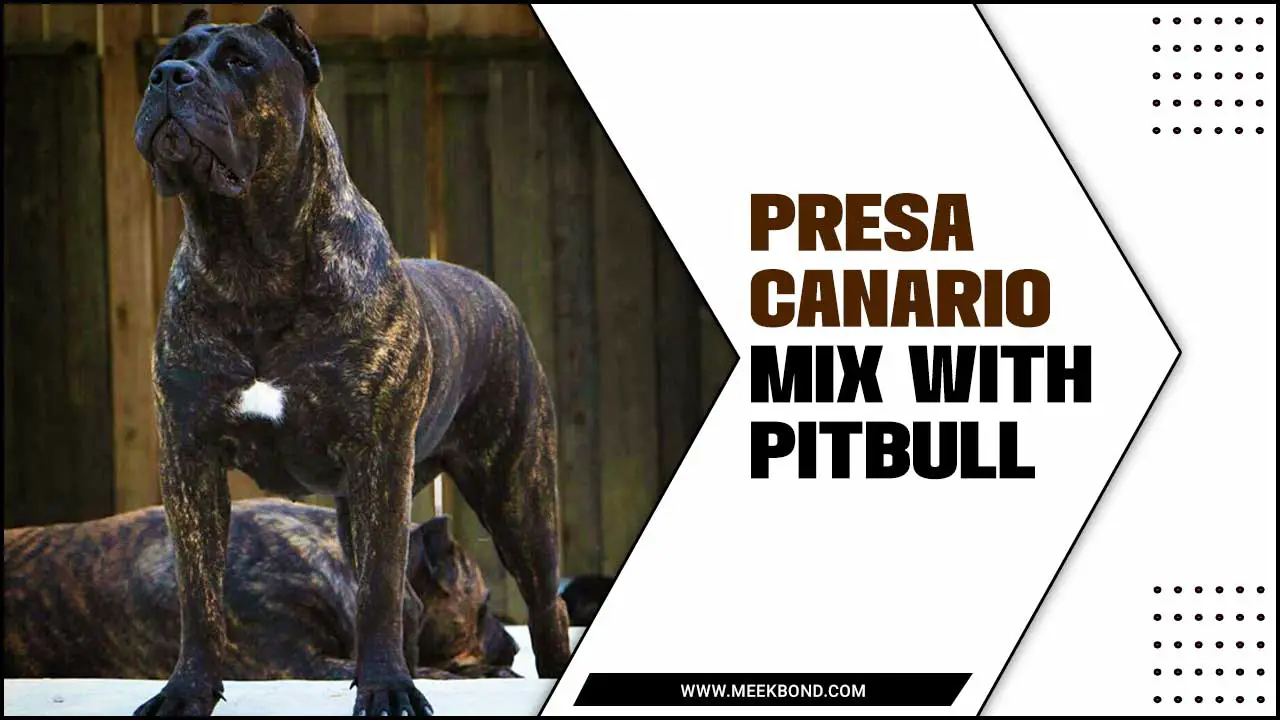Dog lovers worldwide know no better companion than a furry, four-legged friend. And while there are countless breeds to choose from, one breed that has been gaining popularity in recent years is the Spaniel.
With their friendly demeanour, playful personalities, and adorable looks, it’s no wonder these dogs have captured the hearts of dog lovers everywhere. If you’re considering adding a Spaniel to your family, or you’re already a proud owner of one, you’ve come to the right place. We’ll delve into everything you need to know about the Spaniel breed.
From their history and origins to their unique physical characteristics and personality traits, we’ll give you a complete overview of what it means to be a Spaniel owner. We’ll also cover important topics such as spanierd, grooming, and health care, so you can ensure your furry friend is happy and healthy for years to come.
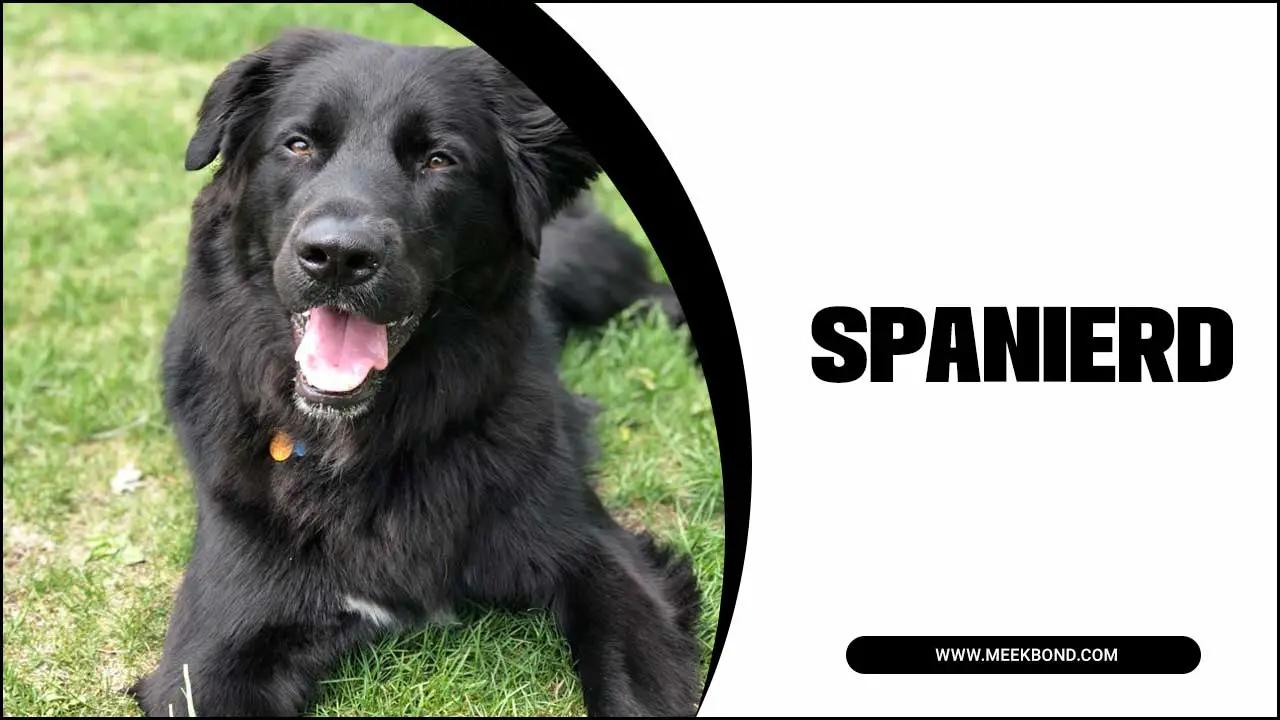
Full Description And Temperament Of Spanierd
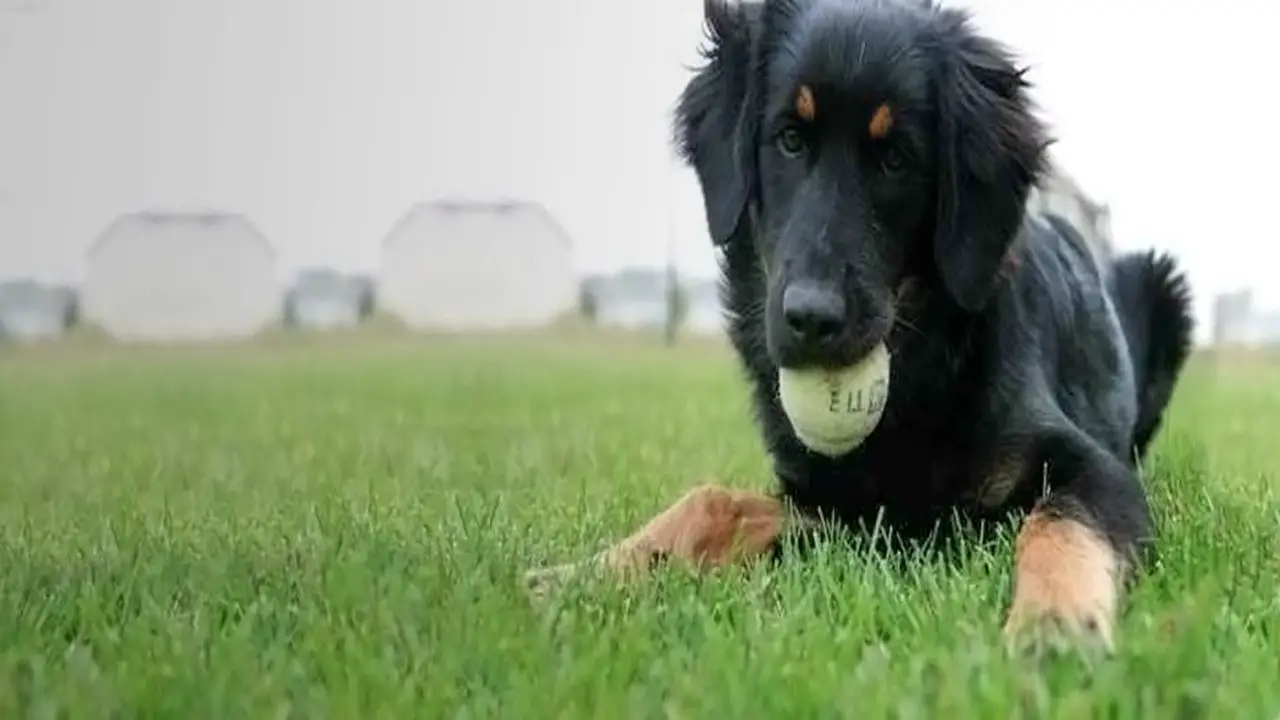
The Spanierd is a breed of dog that originated in Spain and is popular for its friendly and outgoing temperament. They are medium-sized dogs with a muscular build and a distinctive curly coat. Spanierds are intelligent and eager to please, making them highly trainable. They are also social animals that enjoy being around people and other pets.
Regarding care, Spanierds require regular grooming to keep their coat healthy and free from mats. They also benefit from daily exercise to keep them physically and mentally stimulated. With proper care and training, the Spanierd can make a wonderful companion for individuals or families looking for an affectionate and lively pet.
Breeds Characteristics Of The Spaniard
Spaniards are popular for their friendly, affectionate, and loyal personality traits. They have a strong hunting heritage and require mental and physical stimulation. Here are some breed characteristics of the Spaniards :
- The Spaniard is a breed of horse that originated in Spain.
- They are popular for their elegance, athleticism, and versatility.
- Spaniards have a compact and muscular build, straight profile and expressive eyes.
- They have a natural talent for dressage and are highly trainable.
- Spaniards are also skilled in other disciplines such as jumping, driving, and working equitation.
- They have a calm and willing temperament, making them suitable for riders of all levels.
At A Glance Of Spaniard
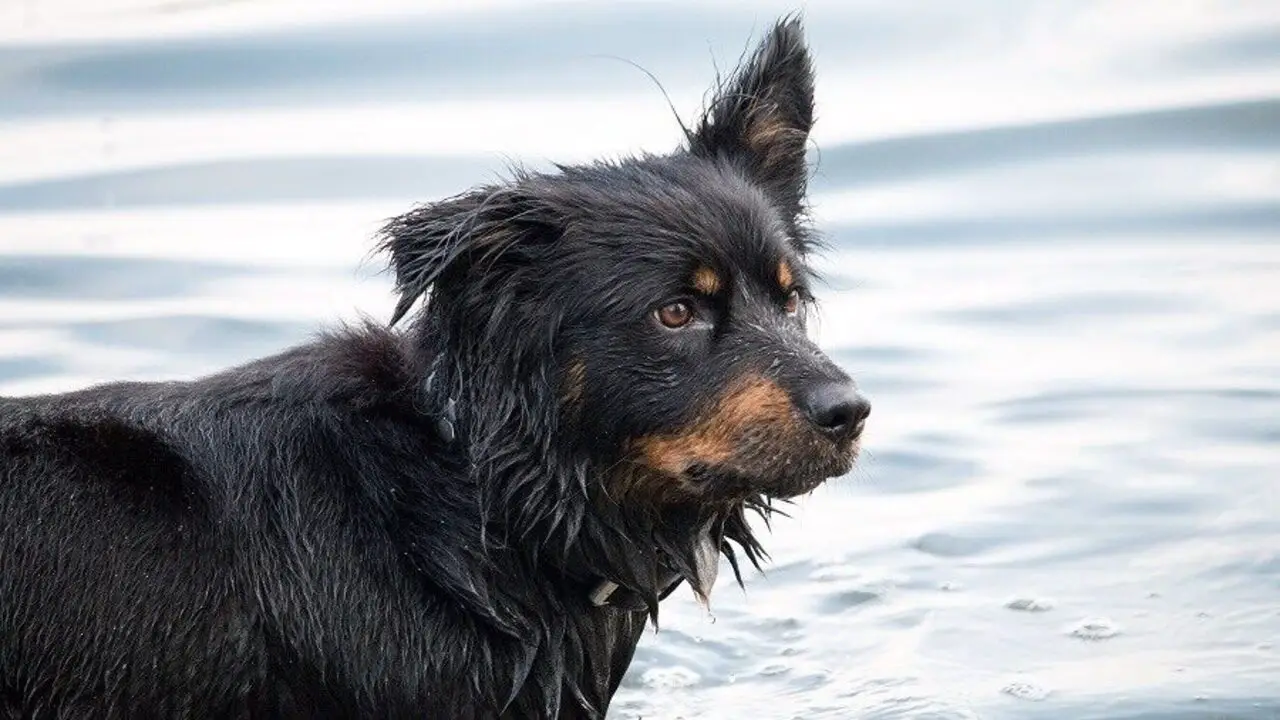
- Name: Spaniard
- Scientific Name: Canis lupus familiaris
- Other Names: Spanish Dog, Spanish Mastiff
- Origin: Spain
- Breed Group: Working Group
- Height: Male – 30 to 35 inches, Female – 28 to 33 inches
- Weight: Male – 140 to 220 pounds, Female – 120 to 180 pounds
- Colours: Various shades of fawn and brindle
- Skin Type: Thick and loose skin
- Temperament: Gentle, calm, and devoted
- Lifespan: Average lifespan is around 10 to 12 years
History & Origin
The Spanierd breed has a fascinating history and origin that can be traced back to Spain. Originally used for hunting, they quickly became known for their loyalty and companionship. Over the centuries, the Spanierd breed has gained popularity in various cultures.
Their friendly and affectionate temperament makes them beloved family pets. However, due to their hunting background, they require regular exercise and mental stimulation to stay happy and healthy. This breed thrives with proper care, including grooming, a balanced diet, and socialization.
Temperament
Spanierds are renowned for their loyalty and affection towards their owners. They have a high energy level and require regular exercise and playtime to stay healthy and happy.
Proper socialization during puppyhood is crucial to prevent potential aggression or shyness in adulthood. While Spanierds are intelligent and trainable, they can sometimes be stubborn. However, with proper care and attention, they make excellent family pets and companions.
Appearance & Lifespan
Spaniards are medium-sized dogs with many coat colours and long, silky fur. Their average lifespan is around 12 to 15 years. To maintain their appearance, regular grooming is essential, including brushing, bathing, and trimming. This helps keep their coats healthy and free from tangles.
A proper diet and exercise regimen can also contribute to their overall appearance and lifespan. Taking care of their long hair and ensuring they receive the necessary grooming and attention will help them look their best and live a long, healthy life.
Health & Care
Regular vet check-ups and vaccinations are essential for maintaining your Spanierd’s health. Ensuring a proper diet and exercise regime can prevent obesity, a common issue for Spaniards. Grooming is vital to maintain their coat and prevent skin problems.
Regular dental care promotes oral health and fresh breath. Through toys or training, mental stimulation keeps your Spanierd happy and healthy. Taking proactive measures is key to ensuring your Spanierd’s overall well-being.
Spaniard Activities

Spaniards are popular for their boundless energy and love for outdoor activities. They thrive on running, hiking, and swimming, making them perfect companions for active individuals. Socialization is key for Spaniards, who enjoy playing with dogs and people.
Engaging them in agility training, obedience classes, or even dog shows can further stimulate their sharp minds. Mental exercises like puzzle toys and interactive games are also great for these intelligent dogs. Remember to supervise your Spaniard during activities and provide shade and water to prevent overheating.
Grooming & Adoption
Proper grooming is essential for Spanierds to prevent matting and tangling of their coat. Regular brushing helps distribute natural oils and remove loose hairs, keeping their fur healthy. When adopting a Spanierd from a shelter or rescue organization, it’s important to understand their specific care requirements and give them time to adjust to their new home.
Regular check-ups with a veterinarian and up-to-date vaccinations are crucial for ensuring the good health of your Spaniard. By following these grooming and adoption practices, you can provide the best care for your beloved furry friend.
Fun Fact
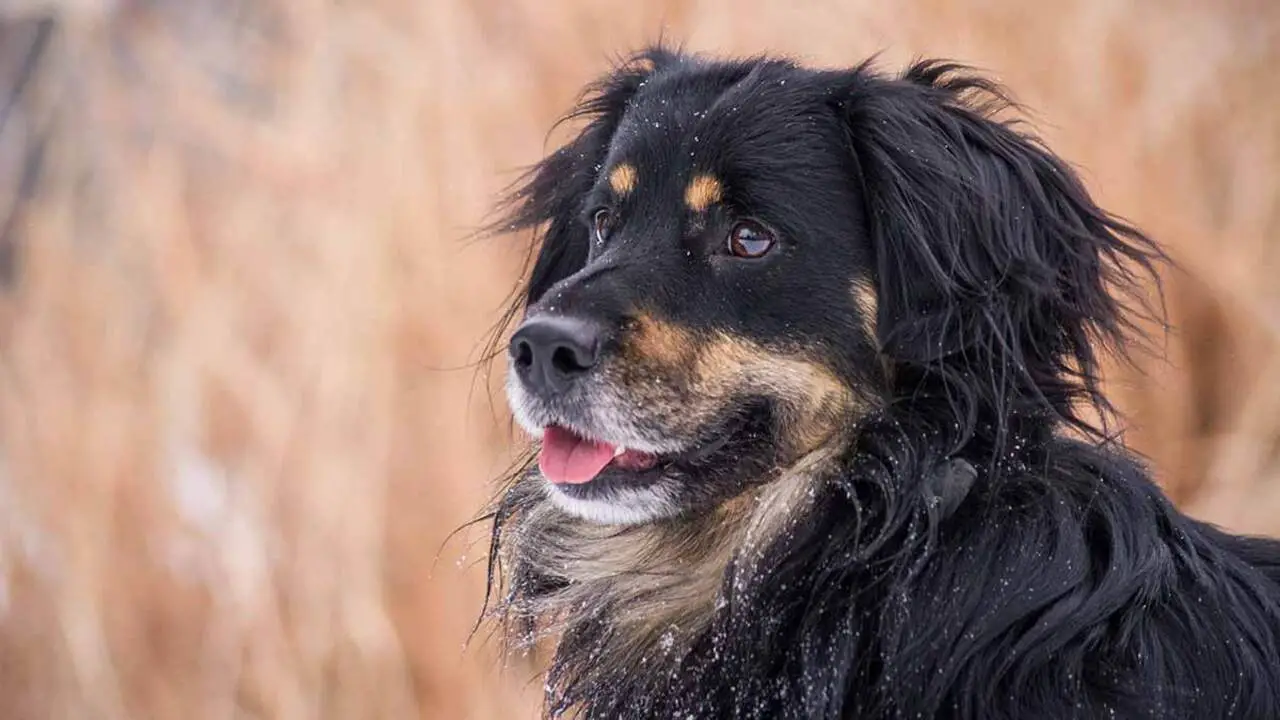
The Spanierd is a unique crossbreed between the Cocker Spaniel and the German Shepherd. With its intelligence, loyalty, and high energy levels, it’s no wonder this breed is often handy as a service dog. Spanierds are not only affectionate and trainable but also excel in outdoor activities.
Regular exercise, grooming, and mental stimulation are essential for keeping these dogs healthy and happy. Their fascinating mix of traits makes them a wonderful choice for families seeking a devoted and active companion.
Good Side Of Spaniard
Spaniards are popular for their affectionate and loyal nature, making them excellent family pets. Their playful disposition and love for activity make them ideal companions for families with children.
These intelligent dogs are easy to train, making them suitable for obedience training and agility courses. With a gentle temperament, Spanierds are often good with other pets. It’s important to note that they have a long lifespan, necessitating regular vet check-ups and a healthy diet for their overall well-being.
Bad Side Of Spaniard
While generally friendly, Spaniards can display possessive behaviour. Excessive barking and territoriality may develop if not properly trained and socialized. Separation anxiety is common, leading to destructive behaviour when left alone for long periods.
Some Spaniards have a high prey drive and may chase smaller animals. Mitigating negative behaviours requires regular exercise, training, and socialization. Remember, early intervention and consistent positive reinforcement are key to keeping these traits in check.
Conclusion
The spanierd is a delightful breed for dog lovers. They are known for their friendly and affectionate nature, making them great companions for families and individuals. They can live a long and healthy life with proper care and grooming.
However, it’s important to note that Spaniards have some challenging aspects to consider, such as their high energy levels and stubbornness. Despite these challenges, they can be well-behaved and obedient pets with the right training and socialisation. So, if you’re considering adopting a Spaniard, be prepared to put in the time and effort to give them the love and attention they deserve.
Frequently Asked Questions
Why Are They Called Spaniels?
Spaniels are called so because they were originally bred to flush out game birds from dense vegetation. The name “spaniel” comes from the Old French word “espaigneul,” meaning “Spanish dog.” The breed originated in Spain but was further developed in England. Various spaniels exist, including English Springer Spaniel, Cavalier King Charles Spaniel, and Cocker Spaniel.
What Does A Spaniel Look Like?
Spaniels come in various sizes and colours, with long, floppy ears and a wavy or curly coat. Known for their friendly and affectionate personalities, Spaniels make excellent family pets. Common types include the Cavalier King Charles Spaniel, English Springer Spaniel, and American Cocker Spaniel.
What Is The Largest Spaniel Breed?
The largest spaniel breed is the Field Spaniel. Weighing up to 50 pounds and standing up to 19 inches tall, they have medium-length, wavy coats in colours like black, liver, and golden. Despite their size, Field Spaniels are known for their agility and athleticism.
What Are The 2 Types Of Springer Spaniels?
The Springer Spaniel breed consists of the English Springer Spaniel and the Welsh Springer Spaniel. While English Springers are larger and commonly used for hunting, Welsh Springers are smaller and make great companions. Both types require regular exercise and grooming. Your choice depends on your lifestyle and preferences.
What Is The Ideal Living Situation For A Spanierd Dog?
Spanierd dogs are adaptable and thrive in various living situations. Regular exercise is essential, preferably with access to a yard or park. They enjoy being close to their human family and do well in homes with attentive owners. Spanierds can be happy in apartments, suburban homes, or rural settings if they receive proper care and attention.

Aquarium passion is all about connecting with the aquatic life and providing education to the public on the importance of these creatures. We showcase a wide variety of marine life through our exhibits as well as working with schools to provide unique learning opportunities for students of all ages.




